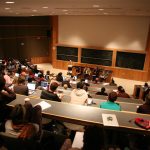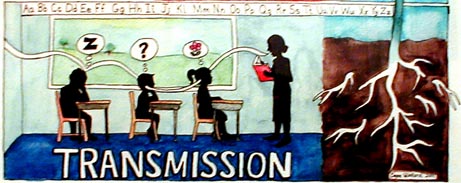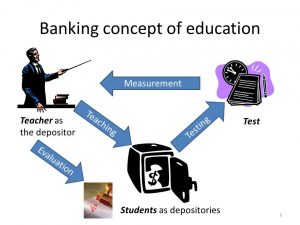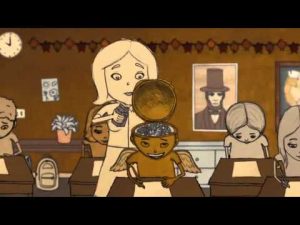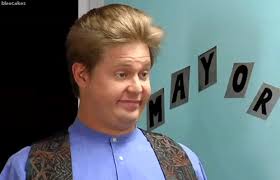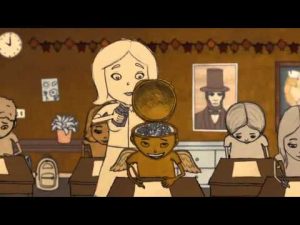
To Friere, the banking model of education is the standard format of a classroom where a teacher, the knowledge holder, shares their knowledge with the students, the knowledge receivers, without any input from the receivers themselves. This empowers the teachers because they are exalted beyond the receivers and their power is unchecked. The students are disempowered because the power that they have is only the power that the teachers have given them. If the teacher doesn’t feel the need to listen to their students, they don’t have to, because of the power they hold. I’ve been in many classes that were modeled in this fashion and I’ve never had any enthusiasm for them. The banking model has led me to study more independently and not rely on my teachers. It has also made me someone who cares less about retaining the knowledge learned in class and applying it to my life, and more about simply passing the class with a good grade. The banking model makes students robotic and not prepared for the real world. They may lose independence because they are trained not to think for themselves. One positive of the banking model, however, is that it can teach discipline and independent study, which are things that will be necessary in certain situations later in life.



